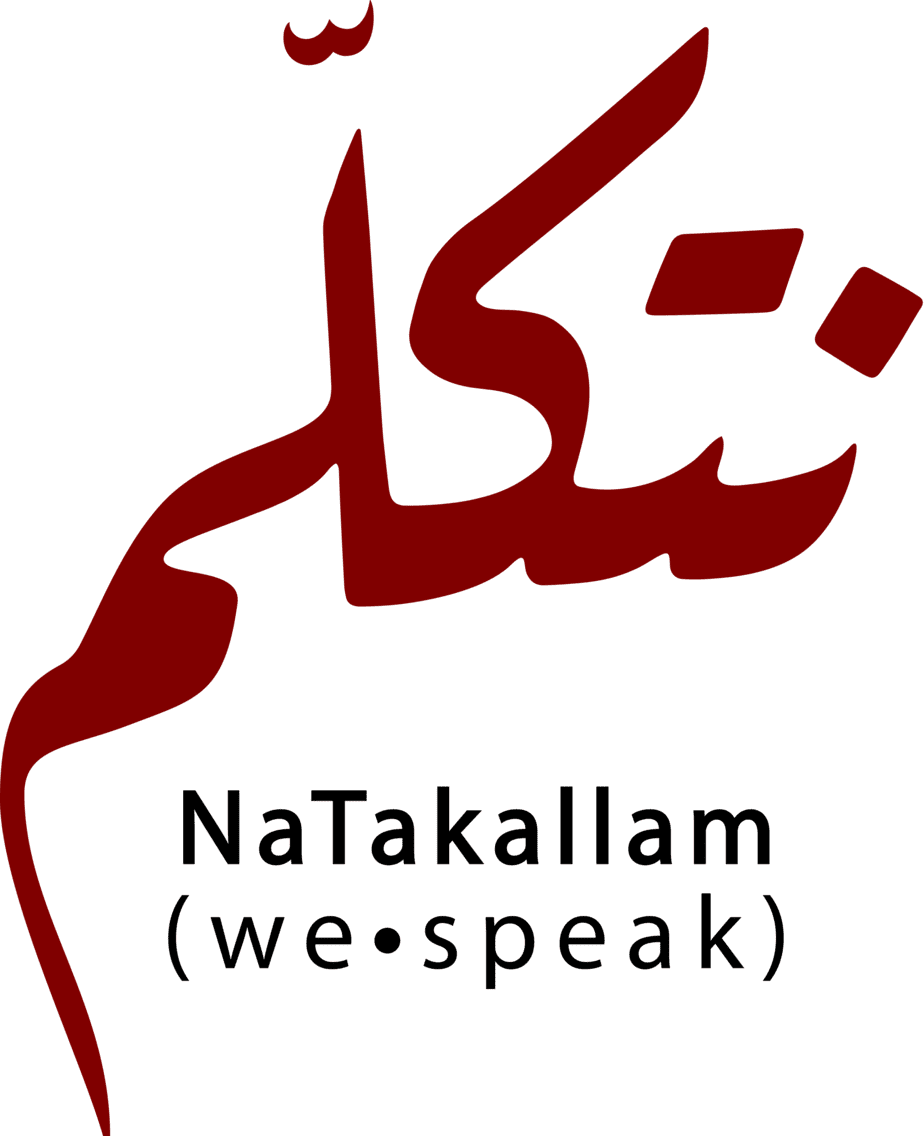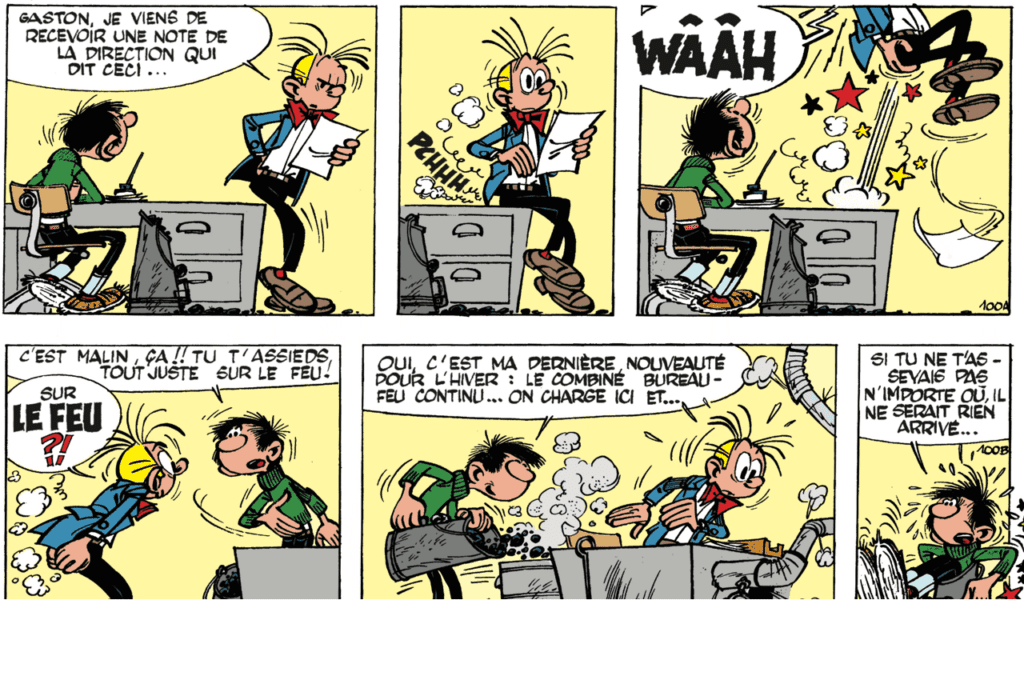50 Spanish Words That Come From Arabic
The Spanish language and culture has traveled to different corners of the world, interacting with diverse communities throughout Latin America, parts of the US, the Caribbean islands, Europe, and even in Africa and Asia! Spanish is the official language in over 20 countries, one of the six official languages of the United Nations, and currently the fastest-growing language with more than 580 million speakers worldwide. Given its Latin roots, it is also a familiar language for learners and speakers of other Romance languages, such as French, Italian and Portuguese.
But did you know… about the impact of Arabic over the Spanish language? That’s right! The influence of Arabic on the Spanish language, mostly through loanwords, largely originated from the Arab rule in the Iberian Peninsula between 711 and 1492 AD, notably in Al-Andalus (الأَنْدَلُس) of southern Spain, referred to as Andalusia, today. As a result, there are approximately 4,000 Spanish words with Arabic origins, to date!
Travel back in time with our top 50 favorite Spanish words that have come from Arabic.
- Alcancía (Piggy bank) – from Al-kanz (الكنز), meaning ‘treasure’ in Arabic
- Albaricoque (Apricot) – derived from the Arabic word for ‘plum’, al-barquq (اَلْبَرْقُوق)
- Arroz (Rice) – from ar-ruzz (أَرُزّ)
- Aceite (Oil) – from az-zait (الزيت)
- Aceituna (Olive) – from az-zaytūn (الزَّيْتُون)
- Azafrán (Saffron) – from the Arabic word az-za’farān (اَلزَّعْفَرَان) ultimately derived from Persian.
- Azúcar (Sugar) Arabic – from as-sukkar (السكر)
- Arrecife (Coral reef) – from ar-raseef (الرصيف), meaning ‘platform’ or ‘sidewalk’ in Arabic
- Albahaca (Basil) – from al-habagh (الحبق)
- Algodón (Cotton) – from al-quton (القطن)
- Alcalde (Mayor) – from al-qādi (القاضي), derived from the Arabic word for ‘the judge’
- Aldea (Village) – from al-daya’a (اَلضَّيْعَة), meaning a ‘small village’ in Arabic
- Ajedrez (Chess) – evolved al-shatranj (الشطرنج), from Middle Persian chatrang (چترنگ), and ultimately derived from an Indian strategy game called chaturanga (चतुरङ्ग) in Sanskrit, referring to the ‘four arms’ of an army in the ancient times
- Alcohol (Alcohol) – from al-kuhol (الكحول)
- Álgebra (Algebra) – derived from the Arabic word al-jabr (الجبر), meaning ‘reunion/resetting of broken parts’
- Algoritmo (Algorithm) – derived from the surname of 9th-century Persian mathematician, Al-Khwarizmi (الْخُوَارِزْمِيّ), roughly transliterated to Medieval Latin as algorismus, whose works introduced advanced mathematics to the West
- Alfombra (Carpet/rug) – derived from the Arabic word hanbal (حَنْبَل), originally referring to Moroccan ceremonial tapestry’ still widely using in Morocco today
- Almohada (Pillow) – from the Arabic word al-mikhaddah (المخدة), meaning cushion or pillow
- Alquiler (To rent) – from the Arabic word al-kirraʾ (الكِرَاء), meaning to ‘rent/hire/lease’
- Asesino (Murderer) – with a fascinating etymology and story, evolved from the Arabic word hashashin (حشَّاشين), meaning ‘hashish users’, derived from the word hashish (حشيش), meaning ‘grass’ or ‘[powdered] hemp’
- Atún (tuna) – from the Arabic al-tun (التون), derived from ancient Greek thynnos (θύννος), meaning ‘tuna’
- Azul (Blue) – from Arabic word lāzuward (لَازُوَرْد), meaning ‘lapis lazuli’, a stone with a deep blue color
- Albóndiga (Meatball) – derived from the Arabic word al-bunduq (البندق), meaning ‘hazelnut’, due to its resemblance of shape and color. The Arabic word has allegedly evolved from the Ancient Greek Ποντικόν κάρυον, meaning the ‘nut of/from Pontus [region]’
- Barrio (Neighborhood) – derived from the Arabic word barri (بَرِّيّ) which originally meant ‘outside [of the city]’
- Brújula (Compass) – from bousola (بوصلة)
- Bellota (Acorn) – from balluta (بَلُّوطَة)
- Berenjena (eggplant) – from badenjān (باذنجان)
- Café (Coffee) – borrowed from Dutch koffie, taken from Turkish kahveh, and derived from Arabic qahwa (قهوة), which originally meant ‘wine’. It is also argued that the Arabic word is derived from the Ethopian city, Kaffa, where the coffee plant was discovered
- Cifra (digit) – evolved from sefr (صفر) meaning ‘zero’ in Arabic, ultimately from Sanskrit sunya (शून्य), meaning ‘empty’ or ‘void’
- Dado (Dice) – derived from the Arabic word a’dad (عدد) meaning ‘numbers’
- Elixir (Elixir) – from al-iksir (الإكسير)
- Guitarra (Guitar) – from gitara (غيتارة)
- Hasta (Until) – from hatta (حتى)
- Hazaña (Feat/deed) – from the Arabic word hasana (حَسَنَة), meaning ‘good deed’
- Jarabe (Medication) – from the Arabic word sharāb (شَرَاب), meaning ‘a drink/beverage/wine/coffee/syrup’
- Jarra (Earthenware jar) – from the Arabic word jarrah (جَرَّة), meaning ‘earthen receptacle’ or ‘made of glass, porcelain’
- Jirafa (Giraffe) – from zarāfah (زرافة)
- Joroba (Plateau) – from the Arabic word hadaba (هَضَبَة), meaning ‘hill’ or ‘plateau’
- Limón (Lemon) – from the Arabic word limun (ليمون), derived from Persian limu (لیمو)
- Mezquino (Stingy or petty) – from the Arabic word miskeen (مِسْكِين), meaning poor or miserly, originally derived from Akkadian, the oldest known Semitic language, spoken in ancient Mesopotamia (modern-day Iraq)
- Mazmorra (Dungeon) – from the Arabic word matmura (مَطْمُورَة), meaning ‘cellar’
- Momia (Mummy) – from the Arabic word moomiya’ (مومياء), ultimately derived from the Persian word moomiya’ (مُومِيَاء ) from Persian moom (موم), meaning ‘wax’
- Naranja (Orange) – from the Arabic word nāranja (نارنج), derived from the Persian word nārang (نارنگ) referring to the bitter orange fruit, ultimately from Sanskrit nāraṅga (नारङ्ग) meaning ‘orange tree’
- Noria (Ferris wheel) – from the Arabic word nā’oora (نَاعُورَة), ultimately derived from the old Syriac words nāʿōrtāʾ (ܢܥܘܪܬܐ) meaning ‘water wheel/growler’
- Ojalá (Hopefully/Let’s hope so) – from the Arabic word inshālla (ان شاء الله), meaning ‘God-willing’ or ‘if God wills’
- Sandía (Watermelon) – from the Classical Arabic word sindiyyah (سندية), meaning [the fruit] from the Sindh region (in India and Pakistan), derived from the Sanskrit word sindhu (सिन्धु), also meaning ‘of or from the Sindh’
- Tarea (Homework) – from the Arabic word tariha (طَرِيحَة), meaning ‘endeavor’, from the root taraha (طرح), ‘to throw’
- Taza (Mug/Cup) – from the Arabic word tassa (طاسة), ultimately from the Persian word tās (تاس) meaning ‘mug’
- Tambour (Drum) – from the Arabic word tunbūr (طُنْبُور), derived from the Persian word tabir (تبیر), meaning ‘to drum’
- Zanahoria (Carrot) – from old Arabic isfanāriyya (إِسْفَنَارِيَّة), ultimately derived from the ancient Greek phrase stafulinos agrios (σταφυλίνη ἀγρία) meaning ‘wild carrot’. Fun fact: both Arabic and Greek use different words for ‘carrot’ today!
Want to dive deeper into language and etymology? NaTakallam can help you with that! Our language partners from refugee or displaced backgrounds can help you pick up Spanish and/or Arabic, while also providing you with a cultural experience that will help you transcend borders.
Whether you’re a Spanish or Arabic learner, or simply a language enthusiast, learning a language with NaTakallam you will get to experience the beauty and interrelated nature of the linguistic world. Sign up here, today!
50 Spanish Words That Come From Arabic Read More »





 1. Paska (Ukraine)
1. Paska (Ukraine)  2. Kaek and Ma’amoul (Egypt and the Levant)
2. Kaek and Ma’amoul (Egypt and the Levant) 3. Fattah (Egypt)
3. Fattah (Egypt) 4. Rosca de Pascua (Argentina)
4. Rosca de Pascua (Argentina) 
 6. Petits Nids de Pâques (France)
6. Petits Nids de Pâques (France)
 1. Ma’amoul (معمول)
1. Ma’amoul (معمول) 2. Basbousa (بسبوسة)
2. Basbousa (بسبوسة) 3. Qatayef (قطايف) (also pronounced as ‘atayef)
3. Qatayef (قطايف) (also pronounced as ‘atayef) 4. Om Ali (أم علي)
4. Om Ali (أم علي)  5. Luqaimat (لقيمات) or Zalabiya (زلابية)
5. Luqaimat (لقيمات) or Zalabiya (زلابية) 6. Zoolbia (زولبیا)
6. Zoolbia (زولبیا) 7. Goosh-e fil (گُوش فيل)
7. Goosh-e fil (گُوش فيل)








